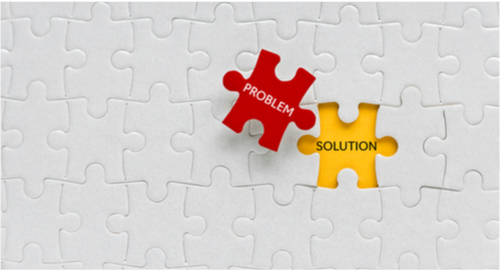It’s no longer a question whether content marketing is effective. In Demand Gen Report’s B2B Buyer Behavior Study, 70% of buyers ranked “relevant content that speaks directly to our company” as “very important,” and 96% of B2B professionals considered messaging that “spoke directly to our industry needs” to be important.
The value was echoed in the 2020 Content Preferences Study, where 67% of respondents said they rely even more on content than they did last year to research and inform purchase decisions.
But not all content is created equal. Here are four reasons some content falls short.
1. The Target Is Off
You can publish the best E-book ever written about retirement planning, but if you’re distributing it to a Gen Z audience, it’s going to fall flat. That’s an extreme example, but the point is that you must know your audience. Only when you understand who your buyer is and what they want will you be able to capture their attention. If you can’t invest in detailed, up-to-date buyer personas, ask your sales and customer service teams for their input on what your customers really care about.
2. The Message Is Too Complicated
Buyers don’t care so much about intricate messages, they care about their problem and the pain it’s causing them. When B2B marketers focus too much on products and not enough on buyers, the buyer’s needs tend to get lost and the content is often longer than it needs to be. Keep in mind that 40% of respondents to the 2020 Content Preferences Study say they want shorter content.
3. The Content Is Timid
In an increasingly competitive content environment, it’s important not to play it too safe and blend in with the crowd. Say something fresh. Be bold. Deliver new research that helps them do their jobs, share stories about unique business models and successes, and tell them something they haven’t heard before. Take some risks.
4. The Timing Is Wrong
No successful sales rep would shove a contract at a prospect before introducing themselves. And no good marketer should consider talking about products before they’re ready. Map the buyer’s journey, and develop content that guides your prospects through it by starting slowly and focusing on their needs first.
Consider the formats that lend themselves to each stage of the buyer’s journey. The Content Preferences Survey found, for example, that quick-hitting content like listicles and infographics are more popular in the earlier stages of the buyer’s journey, while prospects are researching and gathering information.
Competition for B2B buyers’ attention is fierce, so half-hearted efforts won’t cut it anymore. To reach your organization’s goals, you need buyer-focused content that’s tailored to your audience and where they are in their purchasing decisions.
On a limited budget? It may be time to get scrappy to create more content and generate more leads.
Holly Celeste Fisk
Holly Celeste Fisk is an accomplished marketing pro with 20+ years of experience in B2B and B2C. She’s responsible for Content4Demand’s internal marketing efforts, managing everything from content creation and email marketing to events and sponsorships, blog publishing, website management and social media presence. When she’s not working, you’ll find her sliding into third at softball, buried in a book or practicing her Italian.



